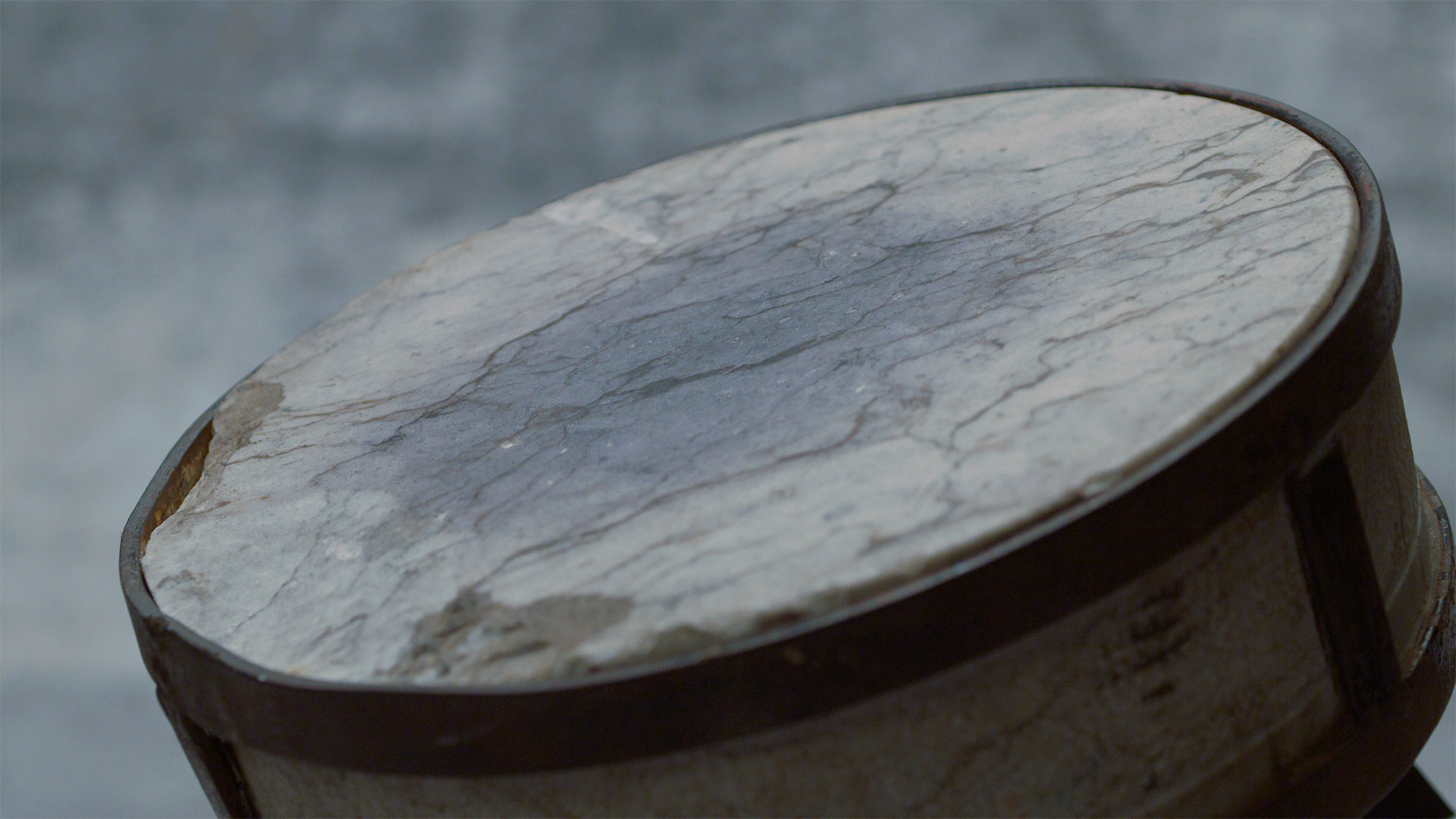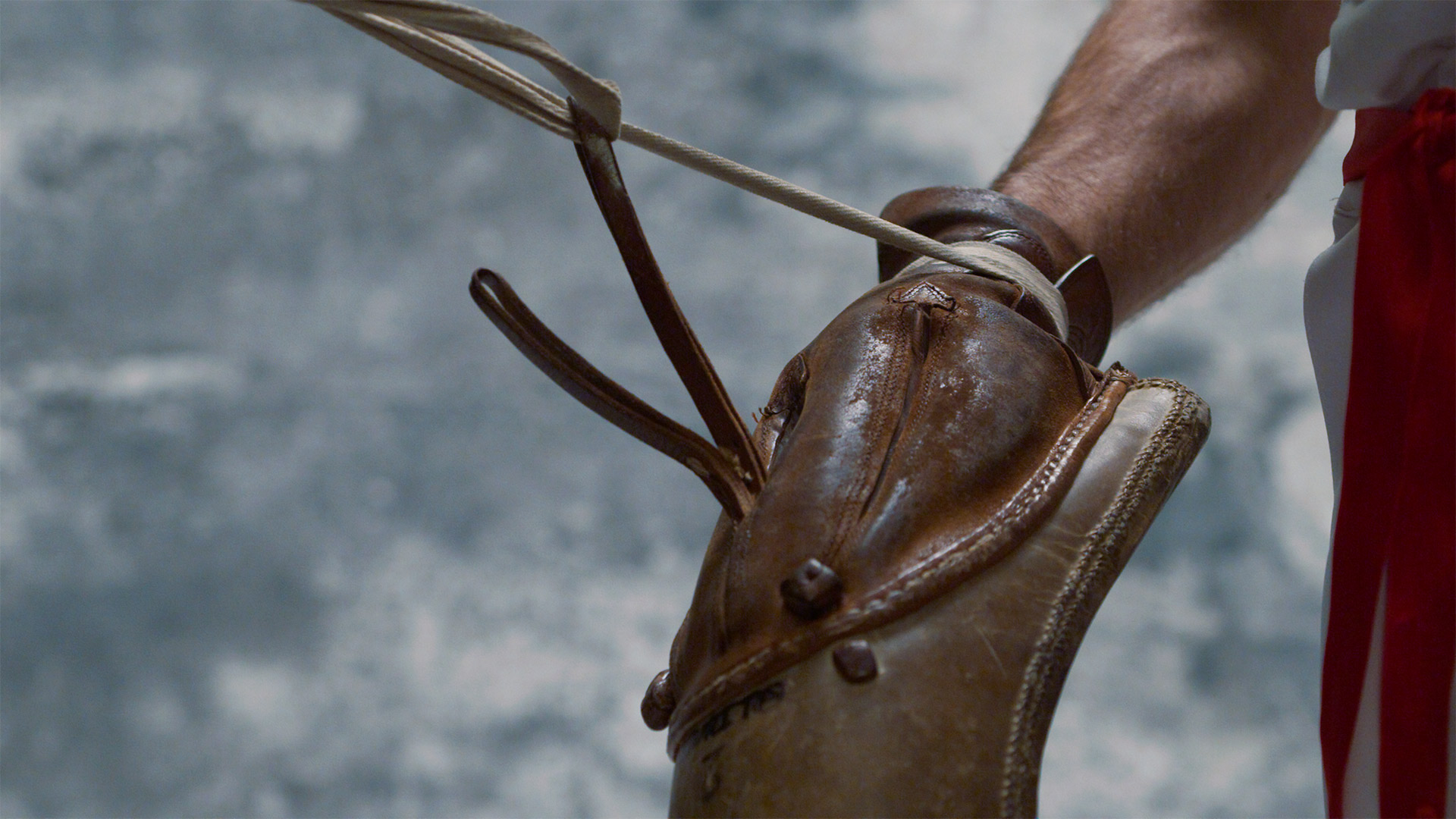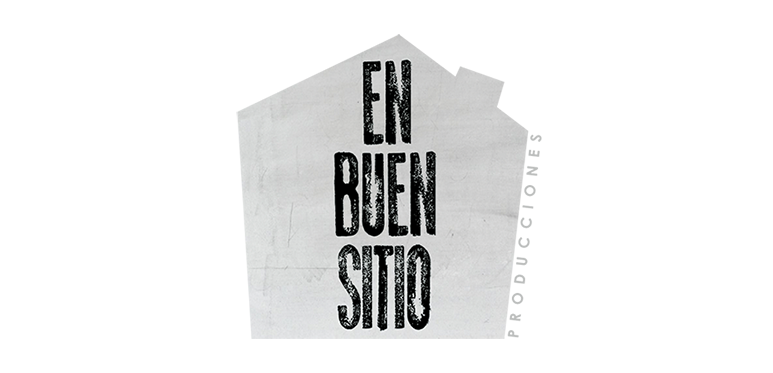Navarra inmaterial – Nafarroa inmateriala
Credits ↴
Book ↴
® All rights reserved 2021
Navarra inmaterial – Nafarroa inmateriala
Credits ↴
Book ↴
® All rights reserved 2025
Laxoa
Laxoa
Laxoa
CAST
|
EUS
|
ENG
Juego
Técnica
Jolastu
Teknika
Games
Technique
Irurita
Gorka Urtasun Saldías
Gorka Urtasun Saldías
Irurita
Gorka Urtasun Saldías
Gorka Urtasun Saldías
Irurita
Gorka Urtasun Saldías
Gorka Urtasun Saldías
BIEN DE INTERÉS CULTURAL
“Es la modalidad de pelota más antigua que jugaban los pastores en los caseríos. Jugamos entre cuatro pueblos Irurita, Arraioz, Baztan, Donetzebe, de marzo a agosto. Unos cuarenta pelotaris en la competición, amigos pero también rivales”.
Modalidad autóctona y de las más antiguas en pelota vasca. Los pastores la practicaban en sus ratos de ocio en terrenos llamados pilotasoro o soropil. Cuando bajaron al pueblo, se popularizó y llegó a ser el deporte rey hasta la segunda mitad del siglo XIX.
Se juega de forma directa, en plaza libre, un equipo frente a otro y los tantos se cuentan en "kinzez": 15, 30, 40, por lo que se relaciona con el origen del tenis y del pádel. Sin red, la línea central o las "arraias" marcan la separación de los campos de ambos equipos. La pelota se devuelve con guantes de cuero de forma similar a la del remonte, heredero del laxoa.
El saque se realiza desde una piedra fija o botillo colocado en un extremo de la plaza y los jugadores, provistos de guantes de cuero específicos, se lanzan la pelota directamente hasta conseguir un tanto.
KULTURA INTERESEKO ONDASUNA
“Artzainek baserrietan jokatzen zuten pilota modalitaterik zaharrena da. Lau herriren artean jokatzen dugu –Irurita, Arraioz, Baztan eta Doneztebe–, martxotik abuztura. Berrogei bat pilotari lehian, lagunak baina baita aurkariak ere”.
Bertako euskal pilota modalitatea, eta zaharrenetako bat. Artzainek aisialdian jolasten zuten, pilotasoro edo soropil izeneko lursailetan. Herrira jaitsi zirenean, hedatu egin zen; hala, kirolik garrantzitsuena izango zen XIX. mendearen bigarren erdiraino.
Zuzenean jokatzen da, plaza librean, talde bat bestearen aurrean, eta tantoak "kinzez" kontatzen dira: 15, 30, 40. Hori dela eta, tenisaren eta padelaren jatorriarekin lotzen da. Sarerik gabe, erdiko lerroak edo “arraiek” bi taldeen zelaiak banatzen dituzte. Pilota laxoaren ondorengoa den erremontearen antzera itzultzen da, larruzko eskularruekin.
Sakea plazaren mutur batean kokatutako harri finko edo botaharri batetik egiten da, eta jokalariek, larruzko eskularru espezifikoak dituztela, pilota zuzenean jaurtitzen dute tanto bat lortu arte.
CULTURAL HERITAGE ASSET
“This is the oldest form of Basque pelota that shepherds used to play in hamlets. The competition takes place among four towns – Irurita, Arraioz, Baztan, and Donetzebe – from March to August, with about forty pelotaris or players, all friends but also rivals.”
A native game and one of the oldest forms of Basque pelota. Shepherds would play in their free time in fields called pilotasoro or soropil. Laxoa became popular once it descended into towns, and it was the main sport until the second half of the 19th century.
Teams face each other and play directly in an open space. Points are counted in kinzez: 15, 30, 40, which connects the sport to the origins of tennis and padel tennis. With no net, the central line or arraias separate the areas of the teams. The ball is thrown with leather gloves of similar shape as those of the remonte, a descendant of laxoa.
Players serve from a fixed rock or botillo placed at one end of the square and launch the ball directly to each other until scoring a point.
Ver detalles:

1
2




